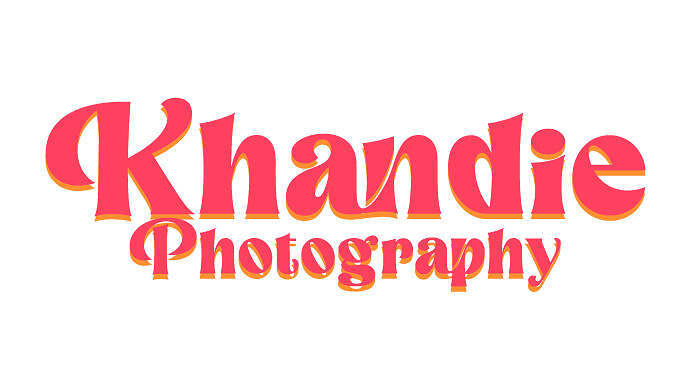
The internet is awash with many a hand printed photography background (or backdrop if you will) tutorials and I thought, what the hell here is mine. I have a Lastolite one but I dont use it as much. The style is rather familiar to those who recall their school photographs. I have however seen them and similar being used more and more in fashion photography from Emily Soto to Adam Robertson.

Using the Lastolite backdrop… one of my own images.
Keen as I am to add texture to my work at the initial shoot rather than later in PP (thats post-production ladies and gents), I found the idea of creating my own hand painted photography background extremely appealing. I know companies such as FOFO House Studios do blinking stunning backdrops. Find their instagram account to see more up to date examples, but I wanted to give it ago. I honestly thought it would be awful and I was just indulging myself. It wasnt and yes I was but I loved it.
Because I had only JUST taken over my new studio I wasnt too fussed about the mess that I may potentially make. I also recommend doing this all in one day as it helps blending if the paint is wet.
What I used:
- 3 tubs of matt emulsion paint (big ass tins): White, mid grey and dark blue.
- small paint roller.
- large paint roller
- Masonry paint brush
- sponges – assorted
- floor covering (plastic sheeting).
- canvas material approx 7 ft by 9ft.
- paint roller extension pole.
1. Laying out the floor covering to protect it from any paint. and lay out the material. Be sure to leave enough space to walk about the whole piece.
![IMAG0890[1]](https://i0.wp.com/www.khandiephotography.com/wp-content/uploads/2015/03/IMAG08901-300x300.jpg?resize=300%2C300)
2. Using the large roller paint the ‘hot spot’ with the palest of your paint. Be mindful that the material sucks up A LOT of paint so multiple coats is recommended. Work from the centre outwards and think about your gradient points. I went for a more rectangle hotspot.
![IMG_20150216_121913[1]](https://i0.wp.com/www.khandiephotography.com/wp-content/uploads/2015/03/IMG_20150216_1219131-224x300.jpg?resize=253%2C339) 3.
3.
Adding the mid tone using a mix of the large and small rollers as well as the sponge. Lightly blending the hot spot into it. Takes again a lot of paint but work from the outside into the centre. This is key otherwise you undo all the work you did with the hotspot earlier. Again make sure you work with damp paint as the blending is more natural. Use the roller extender pole to avoid walking on areas and save your back!
![IMG_20150216_132553[1]](https://i0.wp.com/www.khandiephotography.com/wp-content/uploads/2015/03/IMG_20150216_1325531-224x300.jpg?resize=243%2C325) 4.
4.
Wait a little between coats now before adding the darker tone. I used the masonry brush very dry with only a teeny amount of paint on the end bristles to work some texture into the darker parts of the background. Brush over lighting and sporadically in random areas. This was a fabulous technique I found and really added depth to it all.
REST AND LEAVE TO DRY…almost.
![IMG_20150216_143553[1]](https://i0.wp.com/www.khandiephotography.com/wp-content/uploads/2015/03/IMG_20150216_1435531-e1425654732777.jpg?resize=318%2C428) 5.
5.
I wanted creases that were more natural in formation…so when the background was 95% dry I crumpled it all up lightly and left to dry. This gave it a lot of textures and changed the shadowing/ how the light falls on it. I LOVED it. Below is my model posed next to it…without PP or anything. In hindsight I would have used a longer piece to ensure I had enough floor coverage but its awesome none the less. I also photographed it to use as a potential texture in PP on other images.
![IMG_20150304_120327[1]](https://i0.wp.com/www.khandiephotography.com/wp-content/uploads/2015/03/IMG_20150304_1203271-e1425654753929.jpg?resize=492%2C663)
Some images edited using it. I plan to make a few more.




